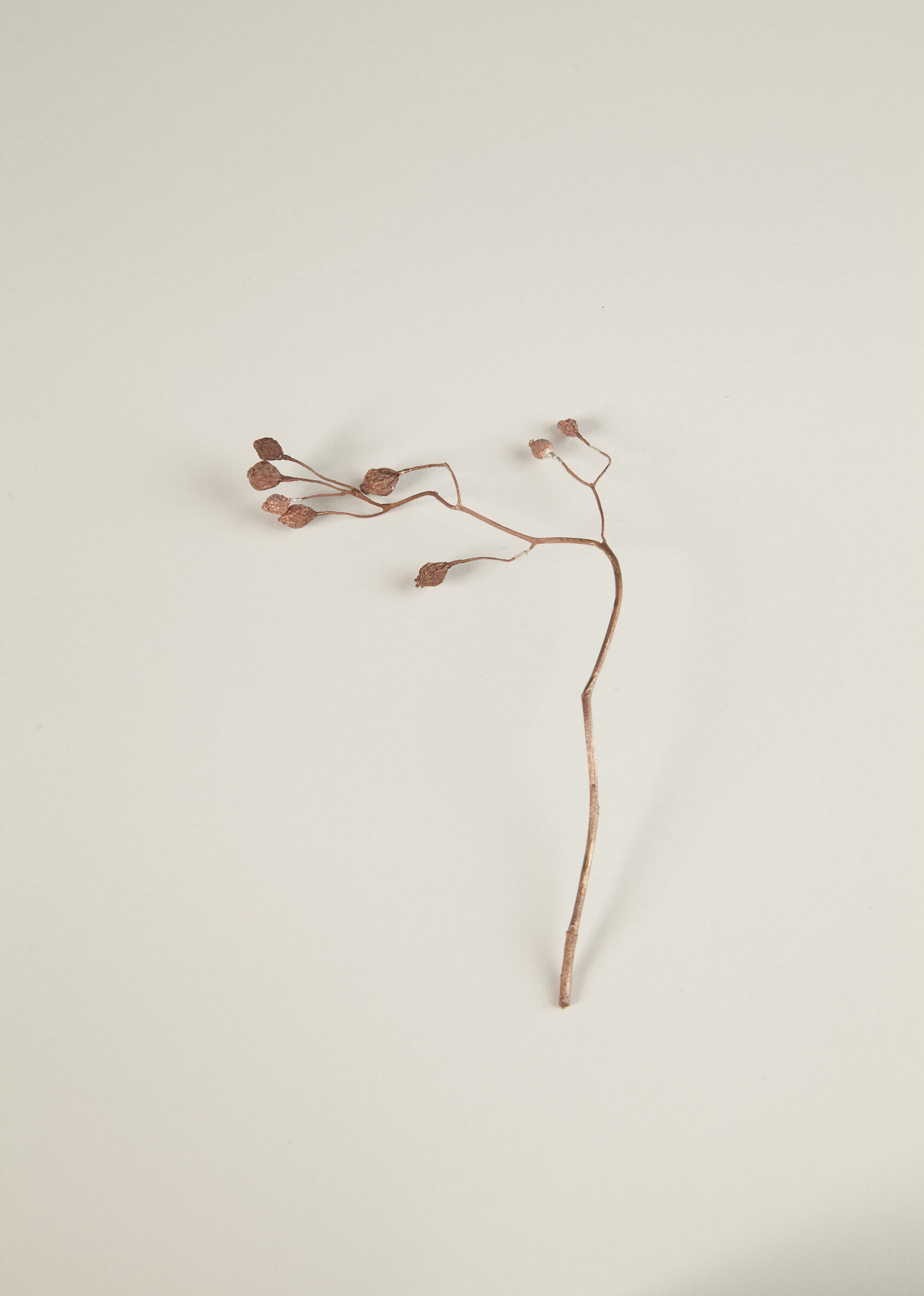

001_Climbing Rose
001_ツクシイバラ
PLANT:Rosa multiflora adenochaeta
LOCALITY: 48°00'14.0''N 10°36'40.0''E
ARTIST:LUTZENBERGER + LUTZENBERGER
SIZE:12.0 cm
MATERIAL:Bronze
PRICE: ¥120,000(VAT included)
SKU : LLG2401
LOCALITY: 48°00'14.0''N 10°36'40.0''E
ARTIST:LUTZENBERGER + LUTZENBERGER
SIZE:12.0 cm
MATERIAL:Bronze
PRICE: ¥120,000(VAT included)
SKU : LLG2401
For more information please contact us via e-mail or phone.
* Please understand that the color shown in the photo might be
slightly different from the color of the original.
mail@nichinichi.com
+81-75-254-7533(11:00−18:00, closed on Tuesday & Wednesday)
*We will open on Wednesday, January 3.